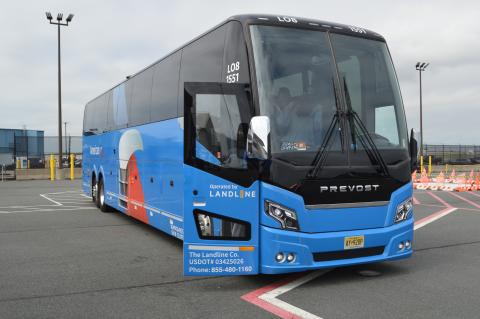
Dubai is a city that blends modern architecture, cultural heritage, and luxurious lifestyles into an unforgettable destination. From the towering Burj Khalifa to the Palm Jumeirah and the bustling Dubai Marina, navigating the city efficiently can significantly enhance your travel experience. While taxis and ride-hailing apps are widely available, opting for a professional driver transforms ordinary transportation into a seamless, comfortable, and stress-free experience. Many visitors choose to rent a car with driver Dubai, allowing them to enjoy the city in ultimate comfort while focusing on sightseeing and experiences rather than navigating traffic.
Benefits of Having a Professional Driver
Having a professional driver in Dubai offers multiple advantages. It ensures punctuality, safety, and convenience while eliminating the stress of finding parking or dealing with unfamiliar roads. Whether visiting shopping destinations like Dubai Mall, cultural landmarks such as the Dubai Museum, or attending business meetings, a chauffeur provides expert navigation and local insights. Travelers can relax, enjoy the scenery, and maximize their time in the city without worrying about logistics.
Exploring Dubai’s Iconic Landmarks with Ease
A chauffeured car allows seamless access to the city’s most famous attractions. Visitors can move comfortably between Burj Khalifa, the Dubai Fountain, Dubai Opera, and the historic Al Fahidi District. The driver ensures efficient routes and timing, enabling travelers to experience multiple attractions in a single day without fatigue or confusion. Luxury vehicles add an extra layer of comfort, with spacious interiors, climate control, and advanced technology for a smooth ride.
Tailored Experiences for Business and Leisure Travelers
Renting a car with a driver is ideal for both leisure and business travelers. Professionals can attend corporate meetings, conferences, and events with reliable transportation, while tourists benefit from personalized itineraries and flexible schedules. The service can accommodate groups, families, or solo travelers, offering tailored experiences that align with individual preferences and requirements.
Comfort and Safety Features
Vehicles used in chauffeured services are typically modern and well-maintained. Features such as airbags, stability control, navigation systems, and infotainment options ensure safe and enjoyable rides. Passengers can enjoy a relaxing journey while knowing that safety and reliability are priorities. For longer trips outside Dubai, such as day trips to Abu Dhabi or desert excursions, these vehicles provide comfort and peace of mind.
Extended Travel and Road Trips
Dubai is well-connected to neighboring Emirates, and having a professional driver enables visitors to explore beyond the city limits. A chauffeured car can facilitate road trips to Abu Dhabi, Ras Al Khaimah, or Fujairah, allowing travelers to discover diverse landscapes, beaches, mountains, and cultural sites. Long drives become stress-free and enjoyable when a professional manages navigation and traffic.
Convenience for Families and Groups
Families traveling with children or groups of friends can benefit greatly from a chauffeured car. Spacious interiors accommodate passengers, luggage, and shopping, ensuring comfort for everyone. Parents can focus on the experience rather than logistics, while groups enjoy the flexibility of moving together efficiently. This makes the service perfect for holidays, celebrations, and special events.
Combining Land and Water Adventures
Dubai’s coastline and waterways are as iconic as its skyline. After exploring the city with a professional driver, travelers can continue their luxury journey on the water. Private yachts provide a unique perspective of the city, allowing passengers to admire the skyline from the sea, relax under the sun, and enjoy leisure activities such as swimming, fishing, or cruising along the Palm Jumeirah and Dubai Marina.
Conclusion
For travelers seeking a seamless and luxurious experience in Dubai, renting a car with driver Dubai service offers unparalleled comfort, convenience, and flexibility for navigating the city and nearby Emirates. Combining this with a yacht hire Dubai creates the perfect blend of land and water experiences, enabling visitors to explore Dubai’s iconic skyline, pristine coastline, and luxurious attractions effortlessly while enjoying privacy, style, and relaxation. This combination ensures that every moment of your Dubai journey is memorable and indulgent.

